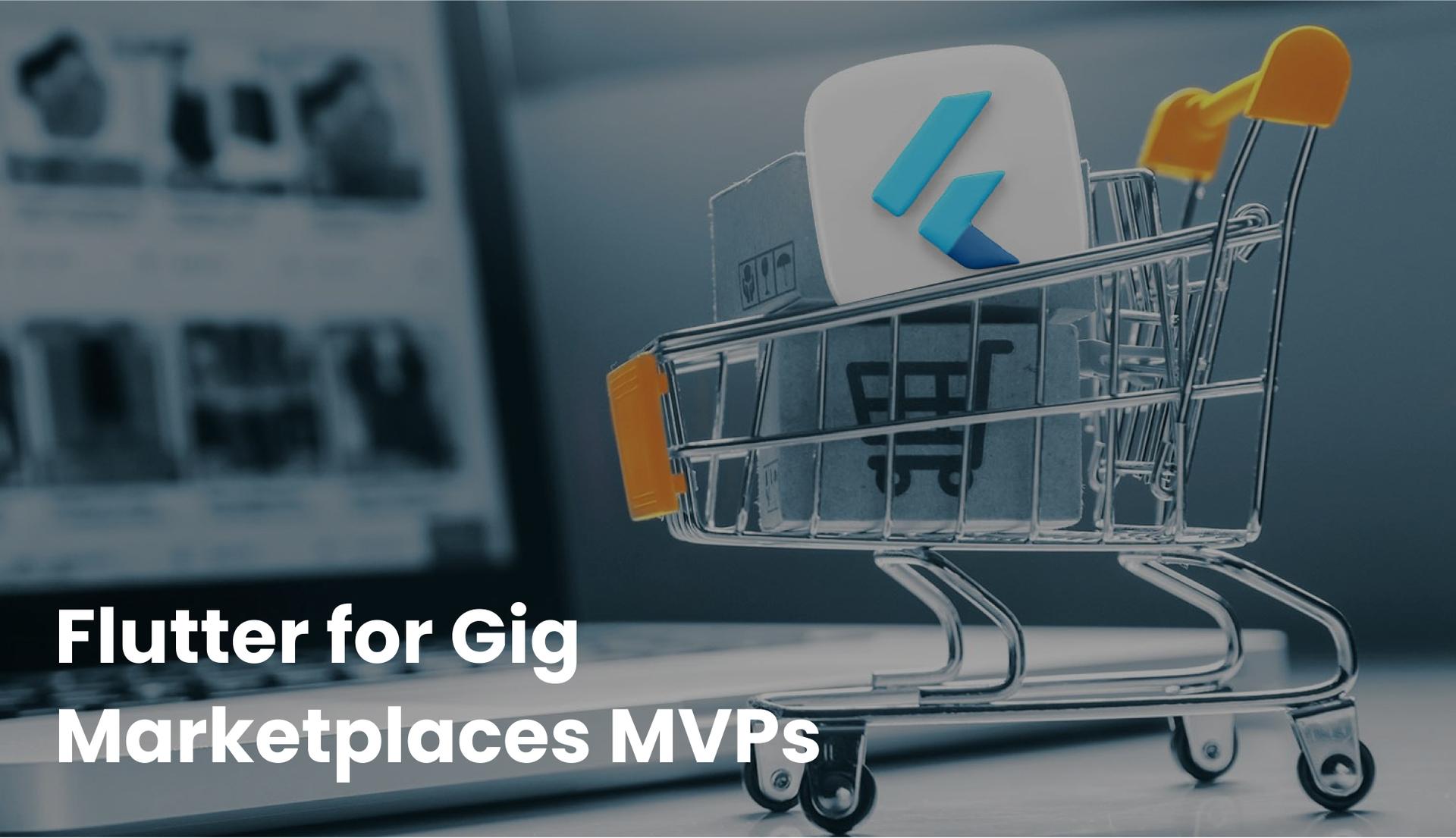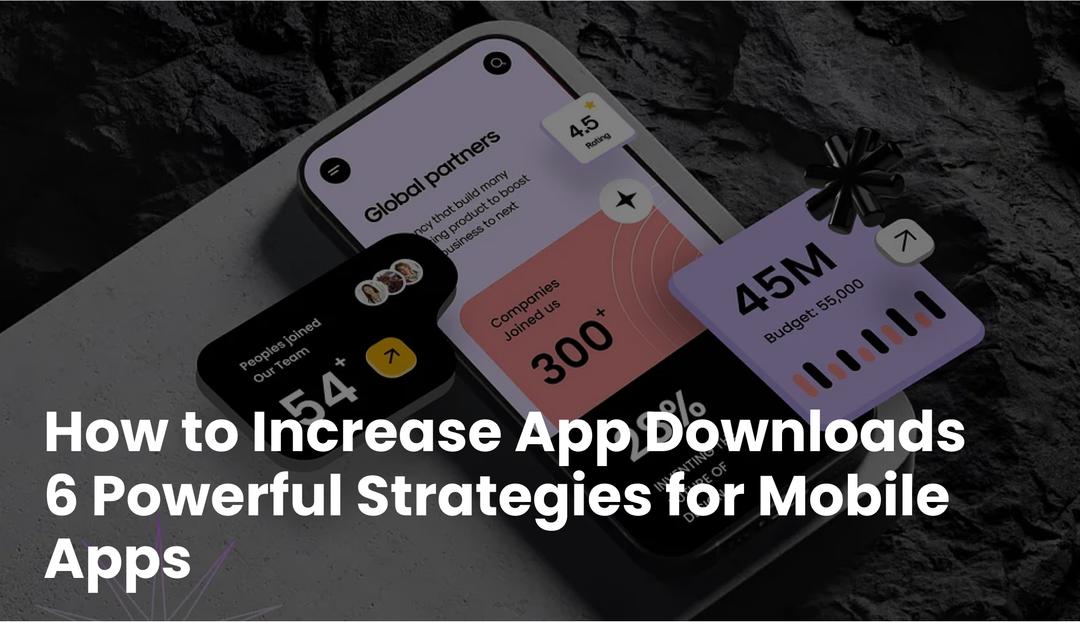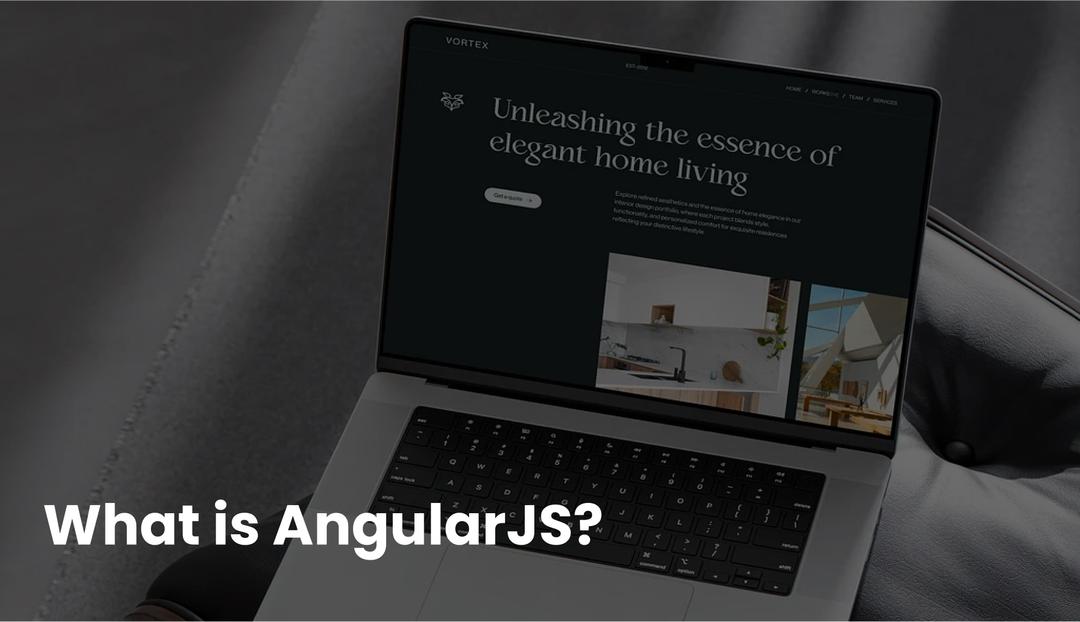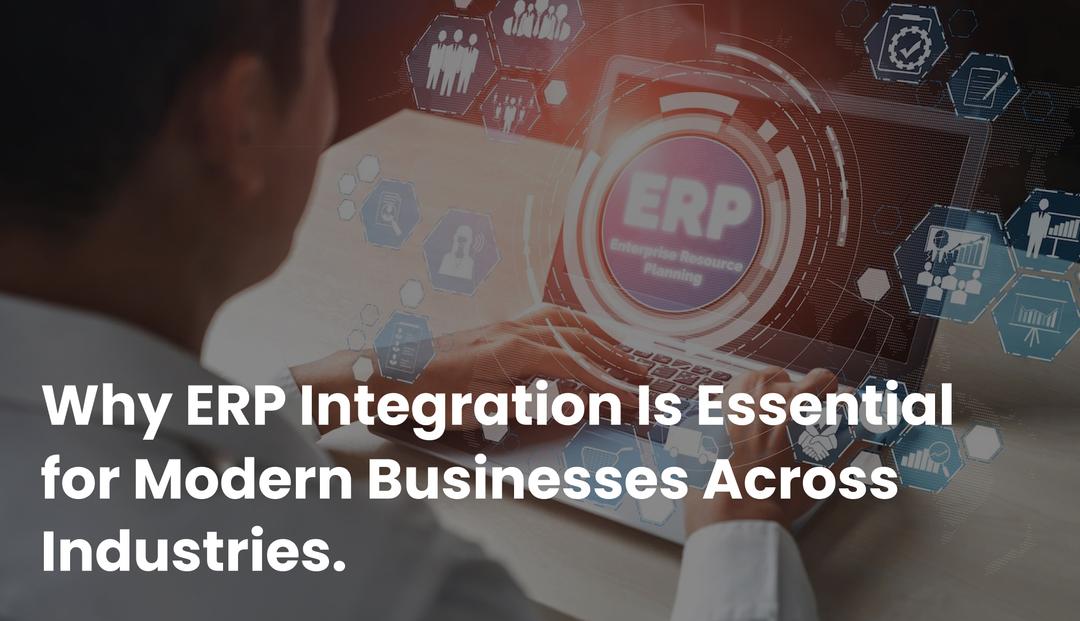Gig marketplaces thrive on fluidity, real-time matching, dynamic pricing, seamless onboarding, and fast payouts. Whether you’re launching a ride-hailing platform, home services app, tutoring network, or on-demand labor marketplace, your minimum viable product must do more than just look good. It must orchestrate interactions between users and providers, maintain trust, and move money.
Building a gig marketplace MVP is unlike building a typical consumer app. You’re dealing with multi-sided roles, real-time job matching, complex payout flows, and trust-building mechanics like identity verification, ratings, and dynamic pricing. The core challenge lies not just in launching quickly, but in launching with an architecture that can evolve into a scalable, secure, and monetizable platform.
Flutter offers a compelling framework for building cross-platform MVPs in the gig economy. With one codebase, you can serve both sides of your marketplace on iOS and Android while controlling performance, UI fidelity, and time to market. But Flutter alone isn’t enough. For teams building two-sided or even three-sided marketplaces, developers can cut development time by up to 40% while maintaining clean architecture and long-term maintainability.
Building a functional, scalable gig marketplace MVP requires a thoughtful architecture that supports:
- Multi-sided user flows (requesters and providers)
- Real-time availability and job matching
- Role-based interfaces
- Secure payment infrastructure (including escrow and payouts)
- Location tracking, chat, and ratings
- Identity verification and KYC workflows
This article outlines how we architect Flutter gig marketplace MVPs, and what you need to know to launch quickly without compromising on scale or compliance.
Core Architecture for Multi-Sided Gig Marketplaces

At the foundation of every gig platform is a multi-role model: users, providers, and sometimes admins, each with distinct permissions, workflows, and interfaces.
User/Provider Portals
In Flutter marketplace app development, we typically architect the app to detect and route based on role at login. From there, we define:
- User-facing flows: Request creation, pricing review, checkout, messaging, job tracking, and feedback
- Provider-facing flows: Onboarding/KYC, availability toggle, incoming job requests, earnings dashboard, and live chat
- Shared modules: Profile management, notifications, wallet history, help center, etc.
This compartmentalized UI structure allows for future extensibility (adding business customers, multi-provider bidding, or internal moderation tools) without redesigning core logic.
Role-based rendering, combined with secure backend APIs and token-scoped permissions, ensures that each actor in your ecosystem sees only what’s relevant to them, an essential trait for professional gig marketplace platforms.
Real-Time Matching and Job Dispatch
The heartbeat of a gig platform is its matching engine. When a user submits a request, the system needs to find nearby, eligible providers, notify them, handle responses, and confirm a match, all in real time.
Our approach involves a dedicated matching microservice (or cloud function) that:
- Queries available providers based on location, category, and filters
- Sends job offers via WebSocket or Firebase Messaging
- Tracks who accept first and finalize the match
- Manages fallback logic if no provider responds in time
On the Flutter frontend, we integrate persistent socket connections and custom listeners that update the UI instantly when jobs are offered, accepted, or canceled. We use local state management (Bloc, Riverpod, or Provider) to sync the UI in real time.
Whether you’re building a tutoring platform, cleaning service, or wellness booking system, real-time matching is non-negotiable, and we’ve built reusable matching templates to accelerate your MVP.
Dynamic Pricing and Job Customization
Pricing in gig marketplaces is often dynamic, based on factors like distance, duration, demand, or provider skill level. This is especially relevant in shopping app development or delivery platforms, where the cost can vary by item type, service window, or urgency.
In our backend, we implement a pricing rules engine that takes parameters (location, time, provider type) and returns a live quote. On the Flutter side, this is consumed via REST or GraphQL to render:
- Estimated job costs
- Service fees and platform cuts
- Optional surge pricing notifications
- Discounts and promo codes
We also allow providers to set their minimums or tiers, especially for professional services. This introduces flexibility without breaking marketplace fairness.
Payments and Payouts with Stripe Connect and Payoneer
Handling money on a gig platform isn’t just about charging users. You’re facilitating multi-party transactions, often with a need for:
- Delayed fund release
- Dispute resolution
- Commission extraction
- Regulatory compliance (KYC, tax withholding)
Stripe Connect for Marketplace Payments
Stripe Connect is the most developer-friendly way to manage gig economy payments. It enables:
- Secure collection of user payments (credit/debit, Apple Pay, Google Pay)
- Immediate or scheduled payouts to providers
- Escrow-like workflows where funds are held until job completion
- Role-based onboarding flows with tax and identity checks
Our typical Flutter app development company implementation involves creating Stripe Connect accounts on the backend, then presenting the onboarding via webview or OAuth-style modal in the app. We also implement provider wallets, allowing them to track earnings, view transaction history, and initiate withdrawals, all in real time.
Payoneer for International Payouts
For platforms with a global workforce or outside Stripe’s supported countries, Payoneer is a robust alternative. It supports bank deposits, debit card loads, and global currency options, making it a common choice for freelance, e-commerce, and gig economy platforms in emerging markets.
We integrate Payoneer APIs via secure backend services and build provider-facing wallet interfaces in Flutter to match the UX of Stripe-based flows.
Additional Considerations for a Functional MVP
While real-time matching and payments are core, the following features are just as critical to MVP success:
- Authentication and onboarding: Social login, email/SMS OTPs, KYC uploads, and tiered access
- Chat and notifications: For coordination, dispute resolution, and automated updates
- Geo-tracking and navigation: Real-time location sharing, map integrations, and route optimization
- Review and rating systems: To build user trust and power provider quality rankings
- Admin tools: Even if your MVP doesn’t include a full dashboard, an admin view for dispute handling, provider approval, or job auditing is essential
We’ve implemented all of these with scalable APIs and modular Flutter UI components, ready to accelerate your MVP timeline.
Building a Gig Marketplace MVP?
Let our Flutter experts help you launch a feature-rich, scalable MVP with real-time matching, secure payments, and dynamic pricing fast.
Book Free Consultation
Why Work With Us
We specialize in Flutter app development for high-growth marketplaces. Whether you’re building a platform for services, delivery, on-demand labor, or wellness professionals, we provide:
- MVPs delivered in 6–10 weeks
- Custom matching, pricing, and payout engines
- Full support for Stripe Connect, Payoneer, and KYC services
- Flutter-based apps with real-time UX and scalable backend architecture
- Post-MVP support through pilots, investor rounds, and feature scale-out
Our clients range from early-stage startups to funded platforms preparing for global launches.
Planning your marketplace MVP?
Book a free 30-minute consultation and let’s walk through your product vision, stack options, and strategy.









